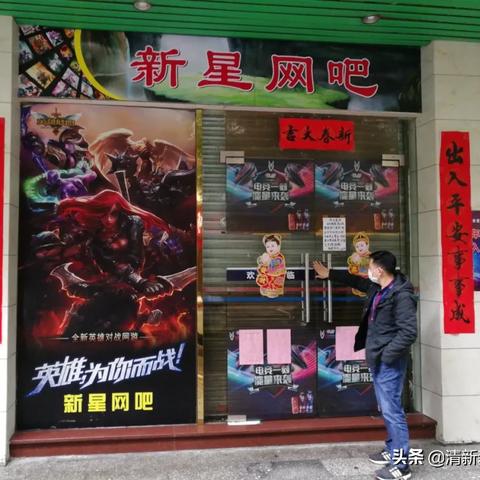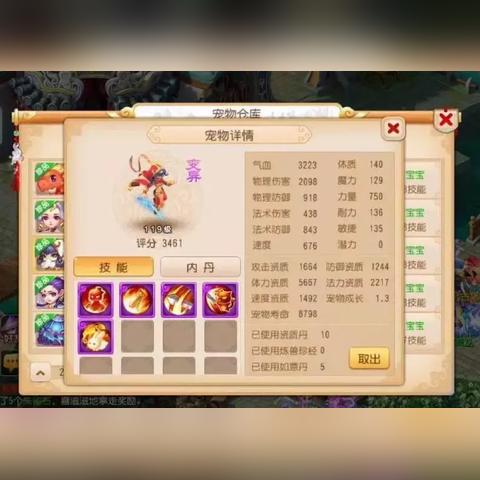Introduction
"The official statement: the most accurate prediction, a one-horse race that results in a detailed explanation——focusing on resource-intensive sectors / moving towards asset-light businesses." This sentence, seemingly jargon-filled, actually lays out a concept central to modern business strategy and forward-thinking economic planning. It refers to an acknowledged understanding of the ever-evolving business landscape where companies are constantly making choices between being resource-intensive or asset-light.
Understanding the Terms
Resource-intensive sectors refer to industries and business models that rely heavily on raw materials, workforce, and physical infrastructure. They often involve significant capital outlays and ongoing operational costs linked to maintaining an extensive physical presence and extensive resource use. Meanwhile, light asset businesses focus on areas where tangible assets play a lesser role. These organizations typically invest more in intellectual property, technology, and other intangible assets, aiming to minimize the need for physical assets and operational overheads.
Why Focus on These Concepts
The distinction between resource-intensive and asset-light business models is gaining more attention due to globalization, technological advances, and the evolving nature of consumer demands. Companies that can adapt to these trends are more likely to survive and thrive in a competitive market. The concept of 'most accurate prediction' pertains to the ability to correctly anticipate these shifts and make strategic decisions accordingly.
Resource-intensive Businesses
Resource-intensive businesses, also known as capital-intensive or heavy industry, are marked by large investments in property, plant, equipment, and materials. These assets often require significant management and maintenance, thus leading to high fixed costs. Examples of such businesses include manufacturing, mining, and heavy construction. The operational excellence in resource-intensive sectors often translates into monopolistic or oligopolistic markets where players with the largest scale have an advantage.
Asset-light Businesses
Contrastingly, an asset-light business adopts a strategy with a reduced emphasis on traditional, physical assets. Despite lower upfront and ongoing costs, these businesses often pivot to rely on building competitive advantages through innovation, scalability, and flexibility. Asset-light businesses thrive in sectors like software solutions, cloud services, and e-commerce platforms. These models are better suited for rapidly changing environments and volatile markets, as they can adapt with lesser sunk costs associated with physical assets.
Strategic Implications
Understanding the most accurate prediction in this context means recognizing when to leverage resource-intensive operations for their scale and when to pursue light asset strategies for their agility and adaptability. It's vital for businesses to continuously reassess their position between resource-intensive and light asset models to stay competitive. Strategic implications include the ability to respectively manage supply chains, reduce vulnerabilities, and unlock value from innovation and modularization.
Resource-intensive Vs Asset-light: Market Dynamics
The dynamics between resource-intensive and asset-light models are complex and constantly changing. Both models can complement each other within an industry and within a single business. For instance, a company can invest heavily in resource-intensive sectors to ensure quality and control while using an asset-light strategy for customer-facing operations, sales, and marketing to remain nimble. The decision between these models often lies in finetuning the balance between risk management, capital efficiency, and customer responsiveness.
Case Studies
Examining case studies illustrates the success of both models. For resource-intensive sectors, consider companies like ExxonMobil or GM, which depend on the large-scale production of goods and require significant physical assets to operate. On the other hand, asset-light examples like Uber and Airbnb leverage technology to match supply and demand without owning the assets that they utilize. These examples demonstrate the strategic pivots companies can make to leverage the most accurate prediction of market movements.
Regulatory and Environmental Factors
Another layer in the resource-intensive vs asset-light debate is the interplay with regulatory frameworks and environmental considerations. Environmental, social, and governance (ESG) criteria have become increasingly significant in recent years. For businesses in resource-intensive sectors, meeting sustainability goals often requires substantial investment in green technology and processes. Meanwhile, asset-light businesses can sometimes align more closely with these criteria due to their inherently lower environmental footprint.
Pitfalls and Opportunities
While both models present opportunities to exploit competitive advantages, they also come with respective pitfalls. Resource-intensive sectors might suffer from over-investment and obsolescence if market needs change. However, they have the potential to achieve economies of scale and competition through barriers to entry. As for asset-light models, while they offer flexibility and lower capital expenditure, they may also face intense competition, lower barriers to entry, and issues with scalability and profitability.
The Concept of [One Horse Race]
The label of a [one horse race] implies a scenario where one business model inevitably dominates the other. However, multiple studies and real-world examples suggest that a blended or hybrid approach might offer the optimal balance. By finding the precise mix of resource-intensive and asset-light elements, companies can harness the strength of each model without being solely dependent on one.
Conclusion
Delving into these complex and dynamic economic concepts gives us a detailed explanation of the forces that drive modern business strategy. The most accurate prediction in this context is acknowledging the fluid nature of these strategies and adopting a flexible, adaptable approach. Companies that successfully straddle the resource-intensive and asset-light worlds are best suited for the myriad of challenges and opportunities that the global economy presents.














 琼ICP备2023003230号-1
琼ICP备2023003230号-1
还没有评论,来说两句吧...